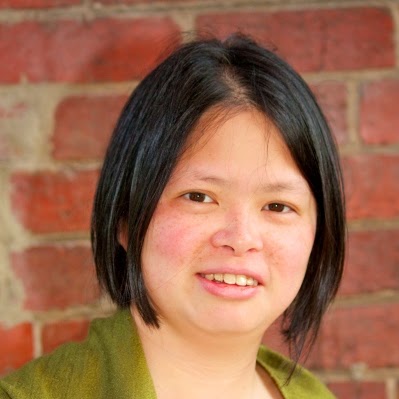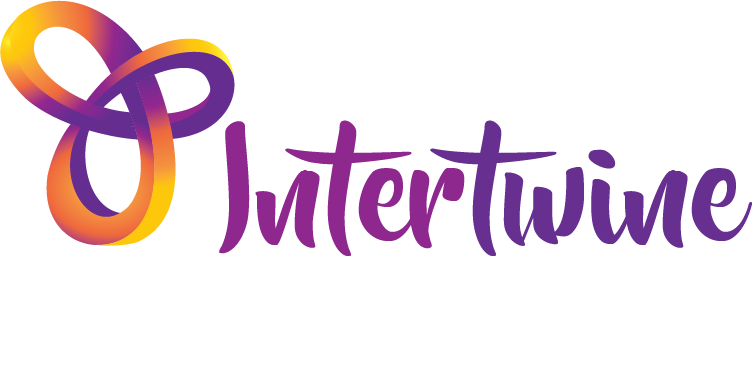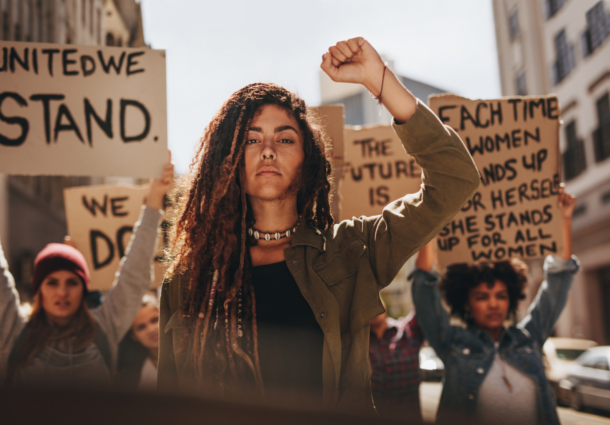Our history
intertwine was founded in 2017 by three friends with living experience of intersecting marginalisation. It was incorporated in July 2019 and registered as a charity in October 2019.

ro bersten
“I’ve always been committed to intersectional social justice. I wrote my Masters thesis on the intersections of disability, ethnicity and sexuality because of my experiences trying to find a place for all of me in my communities.”
Ro Bersten is a queer Jewish person with autism and ADHD. Xe has been an activist and communications strategist for more than 20 years. Xyr most recent publication was the Pride in Prevention Messaging Guide in collaboration with Rainbow Health Australia.

claudine chionh
“I’m interested in capturing the many dimensions of our lives — the places where our cultural backgrounds, our faith and our sexuality inform who we are in unique ways. intertwine creates more spaces in the world where we don’t have to compartmentalise and can be who we are in all our complexity.”
Claudine is a queer feminist woman of colour, living on Wurundjeri land and interested in questions at the intersections of multifaith, culture, ethnicity and sexuality. She is a lover of cats and coffee and is an information practitioner, working at the Australian Queer Archives.

jay chamings
Jay is a trans, queer, disabled activist who is passionate about class and structural socioeconomic impacts on community participation.
co-creating a purpose
The first events run by the new organisation were two open co-design sessions held in Gadigal/Eora (Sydney) and Naarm (Melbourne). Participants were invited from across a variety of activist advocates, not-for-profits, community organisations and progressive politics, and included Irene Hoh (AGMC), Jax Jacki Brown (disability and queer activist), Sally Goldner (TGV), Dominic Wy Kanak (First Nations Councillor, Waverley Council), Mehreen Faruqi (then a NSW Senator), Kane Race and Anna Hickey-Moody (Sydney University), Jackson Fairchild (then-VAC), and Viv Smythe (feminist disability activist).
We aimed for intersectionality and diversity in the workshops. People of colour, first nations people and disabled people were under-represented.
- gender diversity 70%
- ethnic diversity 38%
- sexuality diversity 54%
- disability diversity 38%
- overall diversity score 50%
The co-creation sessions identified a number of needs:
- a network for diverse organisations to work together on intersectionality;
- training for progressive organisations with good intentions but who were still working on going beyond diversity and inclusion to genuine intersectional justice
- a charter of intersectional aims, outlining practical clauses and changes organisations could make to achieve structural equity and justice.
The organisation initially called itself the Weave Network and was auspiced by the Australian GLBTIQ Multicultural Council. A number of further co-creation sessions led to the development of the intertwine charter, which was launched at the Australian Progress Conference in June 2017 by Budi Sudarto from AGMC, Jax Brown, queer disability activist, and Scott Avery from the First People’s Disability Network.
A new era
As the organisation grew, we became aware that there was an organisation called Weave Youth and Community Services based in Gadigal land working with First Nations Women and Children. We invited suggestions for a new name and on September 15, 2017, Rod Swift suggested ‘intertwine’. The name was perfect. As Rod said at the time, “Threads intersect, become entangled as they intertwine. You can’t pull one without impacting others.”
Over the next few years, we worked on training development and ran networking events, before eventually deciding to incorporate in our own right in 2019, and then pursue charity status and DGR registration.
We owe an incredible debt of gratitude to AGMC, and to Judy Tang and Budi Sudarto in particular, for providing space for us to work in our early years, and scaffolding and discussions about intersectionality training that shaped the core of our work.

